Exercise 17
horizontal
1.
1. Ausreichend
2.
2. Grammatische Kenntnis noch genugend
3.
3. Uibersetzen und Vokabelvorrat entspre
4.
4. chend schriftliche Arbeiten fehlerhaft
5.
5. Mundlich genugend schriftlich nur
6.
6. mit Nachsicht annehmbar
7.
7. Genugend
8.
8. Eben entsprechende Kenntnis des
9.
9. Lehrstoffes
Principles of transcription
┬Ā
- Maintain the original entry - carry out the transcription as faithfully as possible to the original, without correcting the writer's mistakes.
┬Ā - Lines of text - the transcription should be written in lines (fragments in grey should be omitted). If the word is divided between two lines, it should be written as in the original, that is, without connecting it.
┬Ā - Punctuation - all punctuation marks or others (e.g. commas, full stops, hyphens, etc.) appearing in the original should be ignored.
┬Ā - Writing capital letters - the mechanism recognises both small and capital letters as correct.
┬Ā - Shortening - the general rules accepted by us say that a contraction used by the scribe should be written in full. In this document there is a contraction for which a basic level of German grammar is necessary in order to write it in full. In the event of problems, look at: Abbreviations.
┬Ā - Letters with diacritic marks - we should omit diacritic marks when deciphering, for example, we write ├╝ as u.
┬Ā
┬Ā
You can find the full principles of transcription here.
Helpful tips
- This document contains 2 contractions. To write one of them in full, a basic knowledge of German grammar is necessary. In the event of problems, look at: Abbreviations.
┬Ā - The scribe used two differing versions of the letter s.
┬Ā - Letters which are typical of neo-Gothic writing, such as: K, e, g, p and r, may be the most difficult to decipher.
┬Ā - It is easy to confuse the letters e and n. In the event of difficulty, please look at Model letters.
┬Ā
┬Ā
You will find more useful tips for transcribing old texts here.
Exercise 17
Model letters



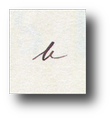


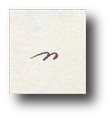
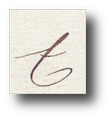





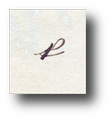


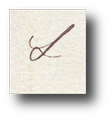

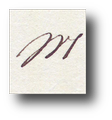
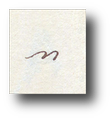
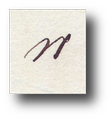
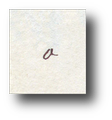
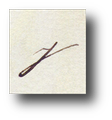

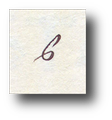


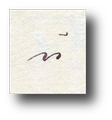
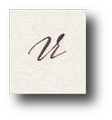
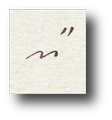

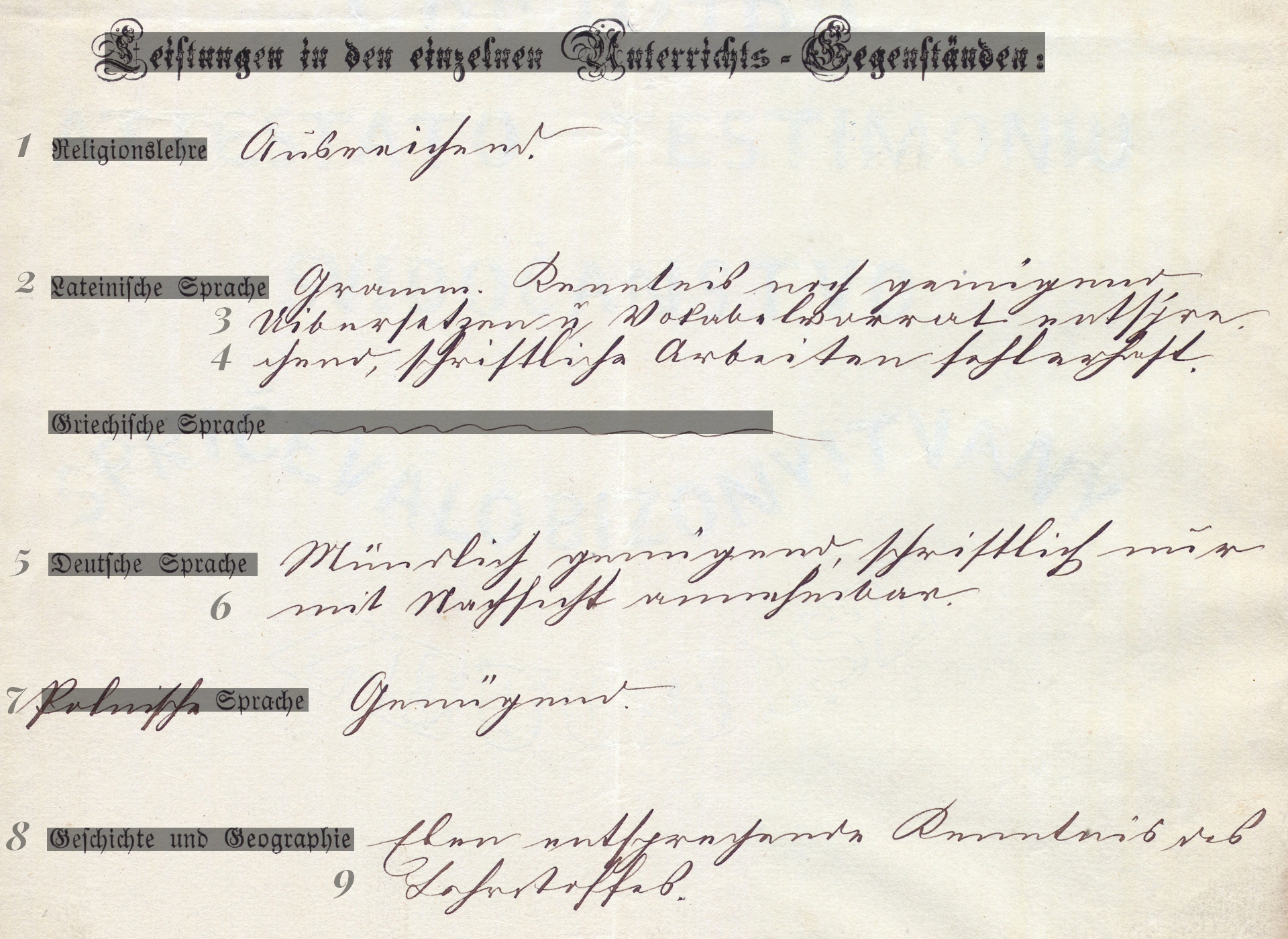
![Gramm[atische]](https://dawnepismo.ank.gov.pl/files/practice/shortcuts/exercise-17/cw17grammatischekenntnis.png)
![u[nd]](https://dawnepismo.ank.gov.pl/files/practice/shortcuts/exercise-17/cw17und.png)